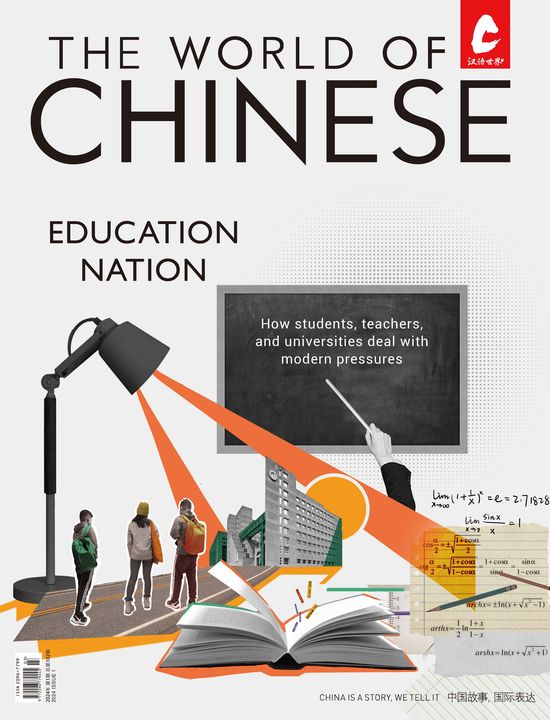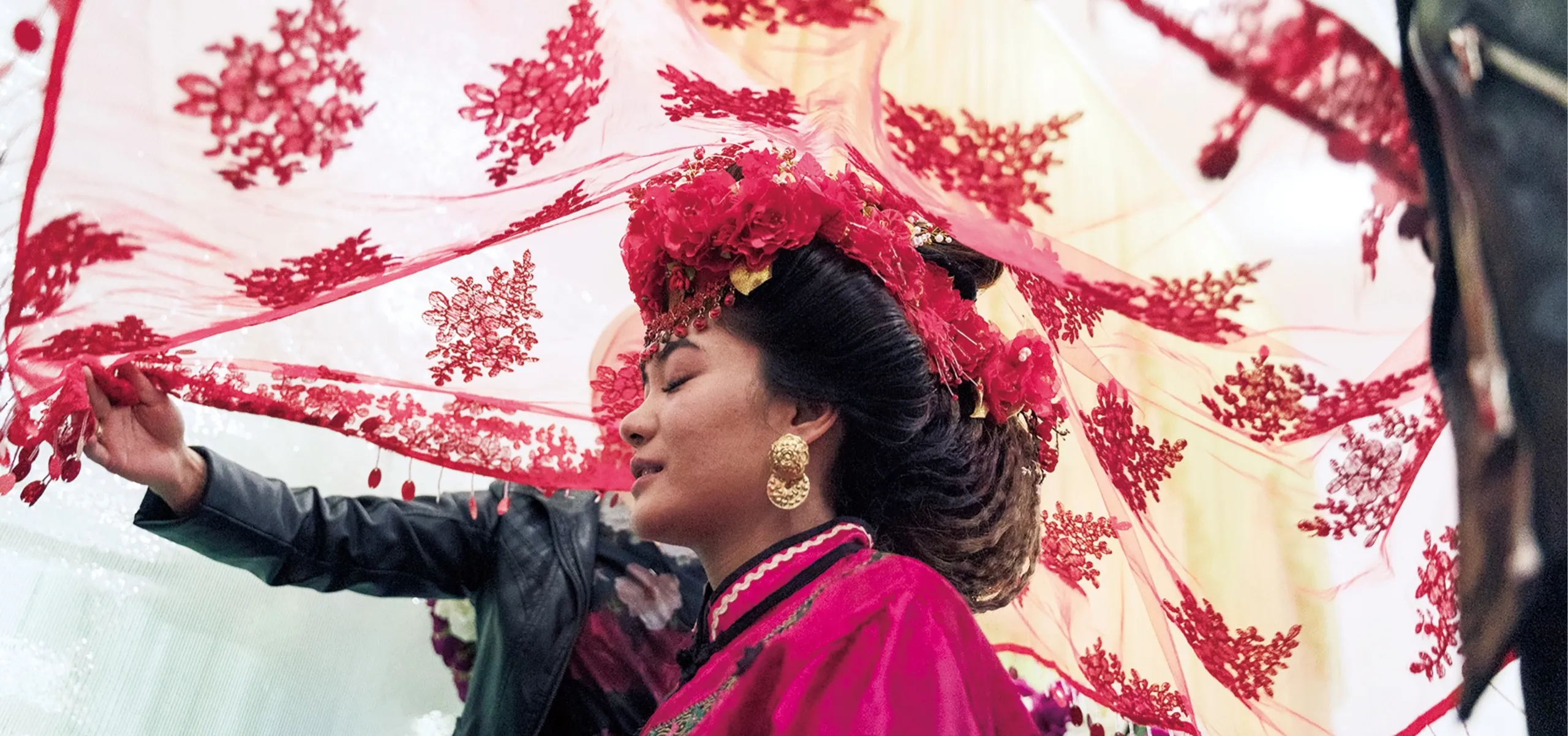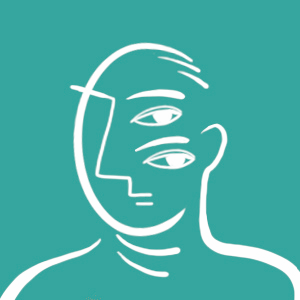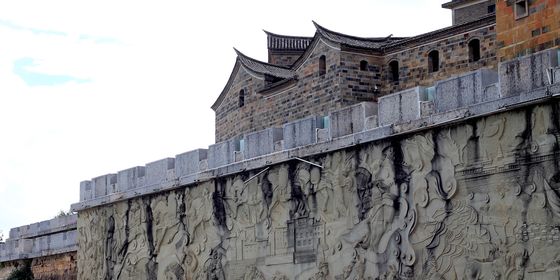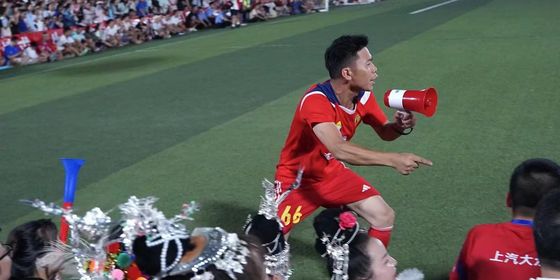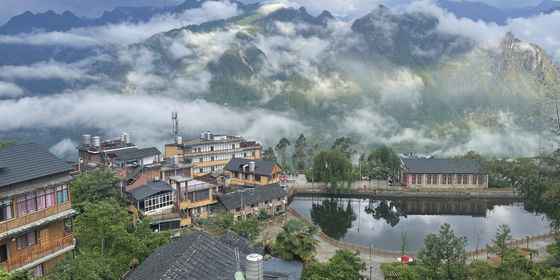Discover how faith and family have held the Dungan communities of Central Asia together for centuries
For a period of 15 to 20 minutes each Friday night, Milyanfan, a village 45-minutes’ drive outside of Kyrgyzstan’s capital, Bishkek, comes to a standstill. No cars pass by. The deserted streets are occasionally punctuated with dogs barking and cows mooing. It was Salatul Jumu’ah, or Friday prayer, and the local Dungan men were all at their local mosque while the women pray at home.
Led by the Dungan imam, around 400 men face toward the city of Mecca, 5,000 kilometers away. They listen tentatively to the imam reciting from the Quran. At the end of the prayer, they turn to their neighbor first on the right, and then on the left, saying “Peace be upon you, and the mercy and blessings of Allah,” before returning to the daily grind of feeding livestock, and trading textiles and vegetables harvested before the winter.
I arrive in Milyanfan one chilly Sunday in October, to witness a festive Dungan wedding. Red paper lanterns hang in the courtyard of the groom’s residence, into which had gathered what looked like the entire village. Men and women were seated separately by gender, amid long tables filled with steaming plates of plov (a Central Asian rice dish), “longevity noodles,” and candy. They’re waiting for the main event: the arrival of the bride.
The Dungan people, who call themselves “Hui people,” are a Central Asian ethnic group with roots in the ethnic Hui minority from northwestern China. Their ancestors fled west after a series of failed uprisings against the Qing Empire between 1862 and 1877. Deeply religious, with huge pride for their cultural heritage, the Dungans successfully withstood the atheist Soviet government’s ban on Islam throughout Central Asia.
Today around 50,000 Dungans live in Kyrgyzstan and 70,000 in Kazakhstan, residing mostly in Dungan-majority villages, speaking a special dialect of Chinese written in Cyrillic, praying to Allah, and cooking traditional Chinese recipes—all eaten with chopsticks.
Several hours before I arrive in Milyanfan, and three kilometers away from her future groom’s home, 20-year-old Madina had risen just after dawn to put on a traditional red wedding dress, adorned with intricate gold patterns. Close relatives glue her long hair into two layered buns, a traditional style brought from China in the 19th century. The finishing touch is a rose-shaped plastic red-and-gold tiara.
The Enduring Chinese Roots of Central Asia’s Dungan People is a story from our issue, “Call of the Wild.” To read the entire issue, become a subscriber and receive the full magazine.
